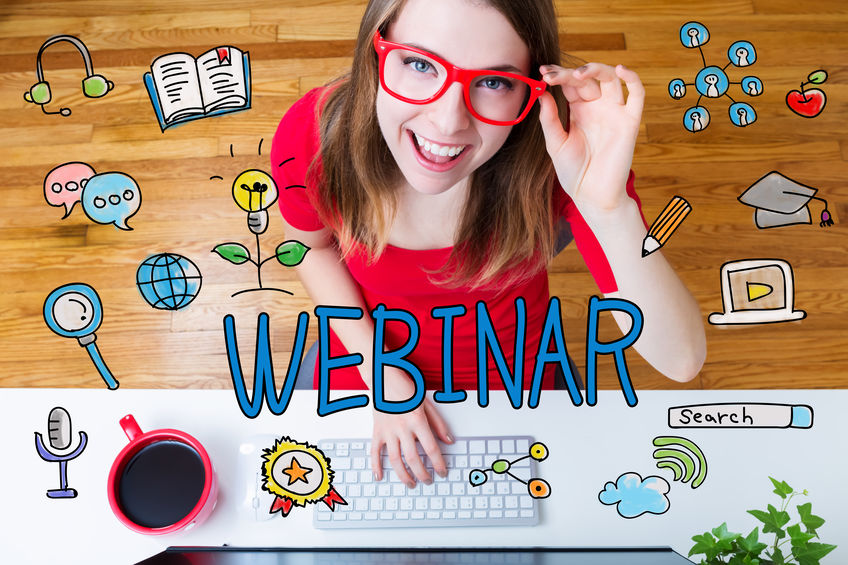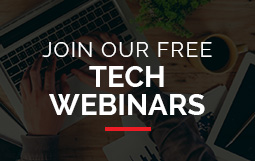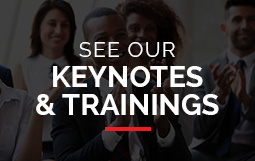I started using webinars a year ago to showcase one of our workshops: Mastering Your Mobile Device. Webinars are growing in popularity for companies, but I was afraid staying in my office would curt into my profit. My rates are higher for daily consultations, so I could not charge as much for a one hour event. However, webinar marketing is one of Scientifically Speaking’s best tools.
The first webinar I facilitated was weird. I sat in a room by myself and spoke to the computer. Clicking through the slides and talking to myself felt odd. When my intern showed up I looked her in the eye and described social media marketing tips for financial professionals. We received great feedback, and the audience was engaged. We also learned how webinar marketing is used to benefit the audience ands trainer. Here’s how:
Consistency – Set up a schedule for your webinars. Scientifically Speaking webinars are every Friday at 3 PM EST. Consultants and Ambassadors speak on 4 topics: mobile technology, using Alexa / Echo devices, cyber security and LinkedIn for lead generation. I tell clients and prospects my webinar schedule following my presentations. People know if they miss one, another is already scheduled.
Topic – Pick an interesting topic. My audience chooses the content. I speak on topics that are relevant to the financial advisors (largest client group), educators and non-profits. Interesting information helps drive attendance. I like technology, but the content is about how technology can help those industries and professionals.
Just Tell Me No (A Sales Skill)
Demonstrations – Most of my webinars are live events. There are no slides or screenshots. LinkedIn 101 and 201 events SHOW people how to use social media to find leads and prospects. I tell people at the beginning that my life is an open book, and attendees are going to see my social media platforms.
Marketing – Promote webinars through LinkedIn, Twitter, Instagram and Facebook. Use email marketing to directly reach clients. Our fliers use bright colors to draw in people’s attention. Promoted posts and ads are effective for larger events. These are especially useful when focusing on specific audiences.
Just a Taste – Don’t give away all of your expertise in your webinars. Give the audience a taste of what you can do for them. My webinars are 30 minutes long. One hour webinars have a higher cost associated with them. Separate services and programs are set up if they want more information.
Webinars are fun, productive and help generate revenue. Small businesses don’t need to break the bank when they try this marketing tool. Zoom (my favorite), AnyMeeting and ClickMeeting are affordable and easily to implement. Need some coaching? We’d love to help!
Scientifically Speaking, of course…




